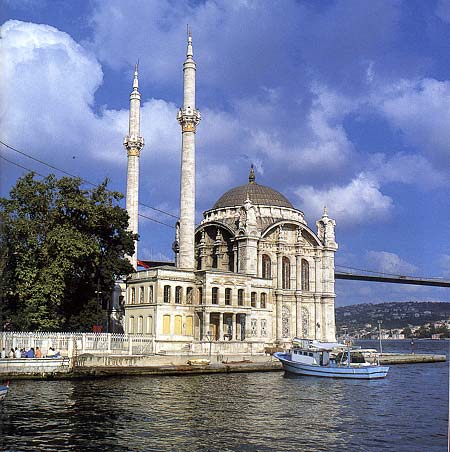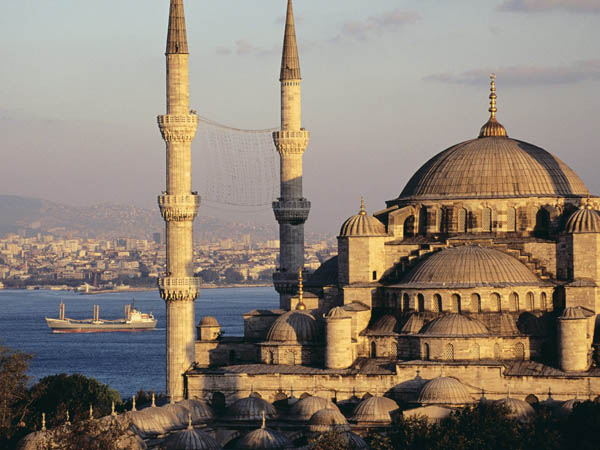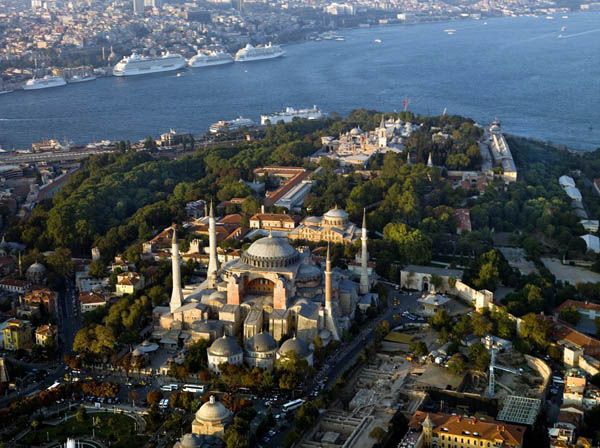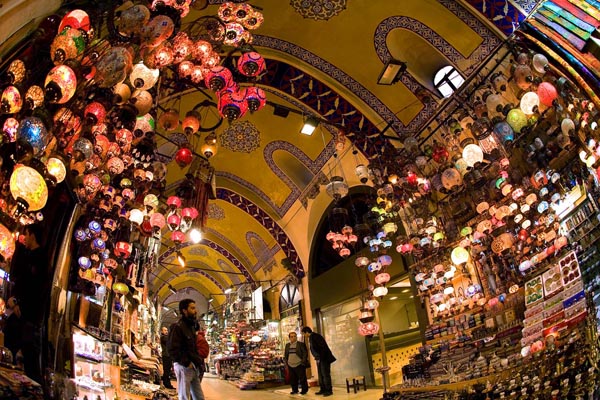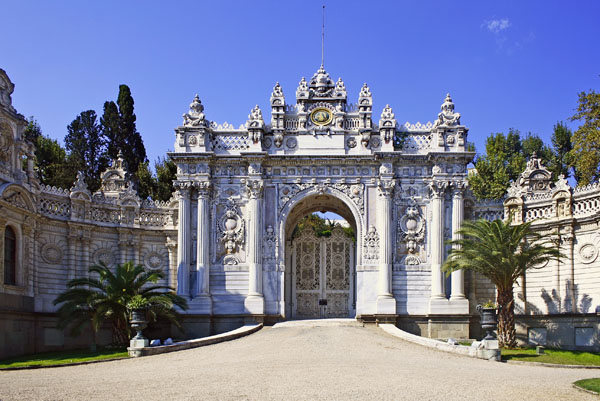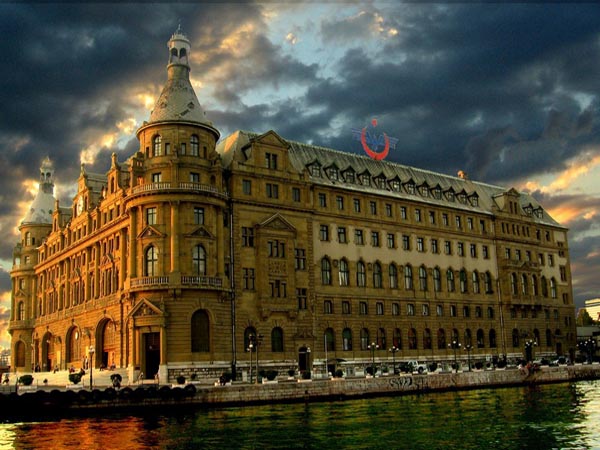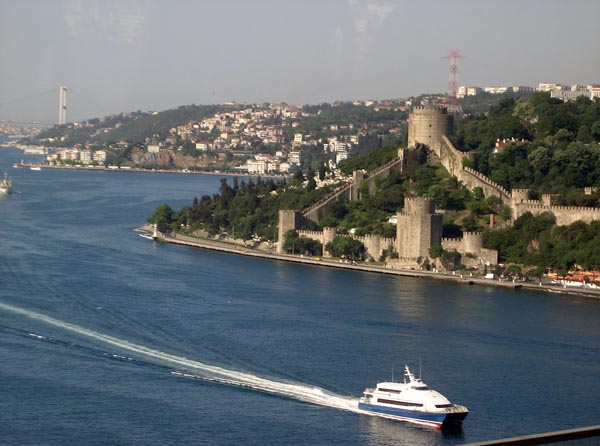Istanbul

In spite of the strong resistance for all those years, following a conquer of 54 days, Sultan Mehmet, the Conqueror invaded Byzance on 29th May 1453. As the Emperor Constantinos XI died in panic, the Turks got hold of the city within two hours. The panic throughout the city calmed down in three days and the Sultan ordered the submission of the ones who escaped and were hidden. He guaranteed the public would keep living as the way they used to in terms of their religious and traditional practices.
"The Church presents a most glorious spectacle, extraordinary to those who behold and altogether incredible to those who are told of it. In height it rises to the very heavens and overtops the neighboring houses like a ship anchored among them, appearing above a city it adorns and forms a part of... It is distinguished by indescribable beauty, excelling both in its size and in the harmony of its measures..." Procopius A.D.573.The city consists of three parts in general; On the European side, the Historic Peninsula to the south of the Golden Horn and the Galata District to the north, and the New City on the Asian side. The European side of the city is a trade and business center, whereas the Asian side is more of residential area. Istanbul is established on the both sides of the Bosphorous, that connects the Black Sea and the Sea of Marmara, and separates Asia and Europe.
On a spit of land at the confluence of the Bosphorus, the Golden Horn and the Marmara Sea stands the Topkapi Palace, the maze of buildings at the center of the Ottoman Empire between the 15 th and 19 th centuries. In these opulent surroundings the sultans and their court lived and governed. A magnificent wooded garden fills the outer, or first, court. On the right of the second court, shaded by cypress and plane trees, stand the palace kitchens, now galleries exhibiting the imperial collection of crystal, silver and Chinese porcelain.
 To the left the Harem, the secluded quarters of the wives, concubines and children of the sultan, charms visitors with the echoes of the intrigue of centuries. Today the third court holds the Hall of Audience, the Library of Ahmet III, an exhibition of imperial costumes worn by the sultans and their families, the famous jewels of the treasury and a priceless collection of miniatures from medieval manuscripts. In the center of this innermost sanctuary, the Pavilion of the Holy Mantle enshrines the relies of the Prophet Mohammed brought to Istanbul when the Ottomans assumed the caliphate of Islam.
The 7 km. long narrow inlet, named as the Golden Horn, divides the European side of the city into two. Because of its location between Asia and Europe, the city always had a great geopolitical importance, Today, Istanbul is still a political and commercial center for the Balkan and Middle Eastern Countries and the Turkic Republics of Central Asia.The settlement, known as Byzantium after its founder, took the name Constantinople, the city of Emperor Constantine’, during the reign of the Roman Emperor Constantine the Great. It was then known as Istanbul after the conquest of the Ottomans, and became one of the biggest and the most crowded city of Europe. The city is spread over an area of 7.500 km2, 150 km. long and 50 km. wide.
To the left the Harem, the secluded quarters of the wives, concubines and children of the sultan, charms visitors with the echoes of the intrigue of centuries. Today the third court holds the Hall of Audience, the Library of Ahmet III, an exhibition of imperial costumes worn by the sultans and their families, the famous jewels of the treasury and a priceless collection of miniatures from medieval manuscripts. In the center of this innermost sanctuary, the Pavilion of the Holy Mantle enshrines the relies of the Prophet Mohammed brought to Istanbul when the Ottomans assumed the caliphate of Islam.
The 7 km. long narrow inlet, named as the Golden Horn, divides the European side of the city into two. Because of its location between Asia and Europe, the city always had a great geopolitical importance, Today, Istanbul is still a political and commercial center for the Balkan and Middle Eastern Countries and the Turkic Republics of Central Asia.The settlement, known as Byzantium after its founder, took the name Constantinople, the city of Emperor Constantine’, during the reign of the Roman Emperor Constantine the Great. It was then known as Istanbul after the conquest of the Ottomans, and became one of the biggest and the most crowded city of Europe. The city is spread over an area of 7.500 km2, 150 km. long and 50 km. wide.


